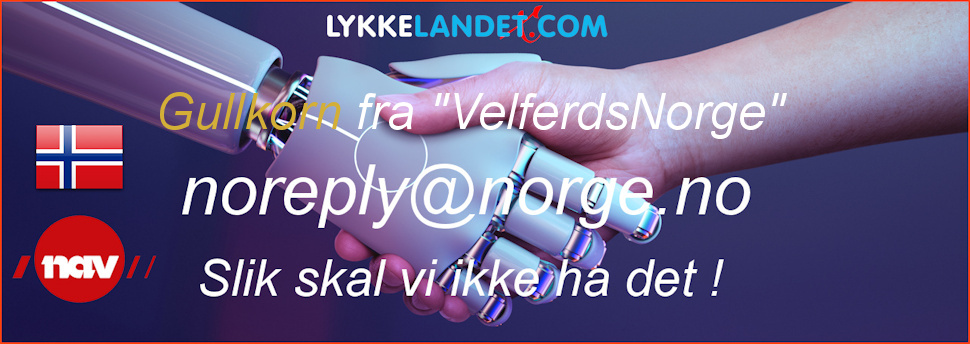Claim your SPECIAL OFFER for MagellanTV here: https://try.magellantv.com/dark5. Start your free trial TODAY so you can watch “Time Team” to unravel history's greatest mysteries, and the rest of MagellanTV’s history collection: https://www.magellantv.com/series/time-team
In the late 19th Century, excavators of a former Viking trading center in the town of Birka, Sweden, discovered a highly unusual and seemingly out-of-place engraved ring buried in the grave of a ninth-century woman. The ring itself was originally cataloged as being made of gilded silver and violet amethyst and bears the inscription “for Allah” in the Arabic Kufic language.
For many years, little was known about the material and meaning behind the ring. While travel between the Islamic caliphate and the Viking world was recorded in ancient texts, the tales of these journeys were often unbelievable as they included fantastical references to “giants and dragons,” and archaeological evidence supporting the accounts was rare.
In 2015, researchers led by Stockholm University biophysicist Sebastian Wärmländer used “scanning electron microscopy with energy dispersive x-ray spectroscopy to analyze the ring’s composition” and found that it was made of silver alloy and the amethyst was simply colored glass.
Although colored glass is seen as “fake” or of low quality by today’s standards, this was not necessarily true in the past. Researchers said that “even though glass production began around 5,000 years ago, it was still an exotic material in Viking Age Scandinavia.” Scandinavians would have traded for fancy glass objects from Egypt and Mesopotamia as early as 3,400 years ago.
More significantly, the researchers found no trace of the gold that had been assumed to coat the ring, along with significant filing marks. The file marks showed that there had not been much wear to the ring, and the team concluded that the ring must have been passed directly from an Arabic silversmith to the buried woman.
The owner of the ring was found wearing traditional Scandinavian clothing, but researchers couldn't determine her ethnicity due to the decomposed state of the bones in the grave.
The Birka ring appears to corroborate the ancient tales about direct contacts between Viking Age Scandinavia and the Islamic world, but the exact circumstances of the ring’s journey remain unknown.
In the late 19th Century, excavators of a former Viking trading center in the town of Birka, Sweden, discovered a highly unusual and seemingly out-of-place engraved ring buried in the grave of a ninth-century woman. The ring itself was originally cataloged as being made of gilded silver and violet amethyst and bears the inscription “for Allah” in the Arabic Kufic language.
For many years, little was known about the material and meaning behind the ring. While travel between the Islamic caliphate and the Viking world was recorded in ancient texts, the tales of these journeys were often unbelievable as they included fantastical references to “giants and dragons,” and archaeological evidence supporting the accounts was rare.
In 2015, researchers led by Stockholm University biophysicist Sebastian Wärmländer used “scanning electron microscopy with energy dispersive x-ray spectroscopy to analyze the ring’s composition” and found that it was made of silver alloy and the amethyst was simply colored glass.
Although colored glass is seen as “fake” or of low quality by today’s standards, this was not necessarily true in the past. Researchers said that “even though glass production began around 5,000 years ago, it was still an exotic material in Viking Age Scandinavia.” Scandinavians would have traded for fancy glass objects from Egypt and Mesopotamia as early as 3,400 years ago.
More significantly, the researchers found no trace of the gold that had been assumed to coat the ring, along with significant filing marks. The file marks showed that there had not been much wear to the ring, and the team concluded that the ring must have been passed directly from an Arabic silversmith to the buried woman.
The owner of the ring was found wearing traditional Scandinavian clothing, but researchers couldn't determine her ethnicity due to the decomposed state of the bones in the grave.
The Birka ring appears to corroborate the ancient tales about direct contacts between Viking Age Scandinavia and the Islamic world, but the exact circumstances of the ring’s journey remain unknown.
- Category
- ATLANTIC ROAD
Commenting disabled.













